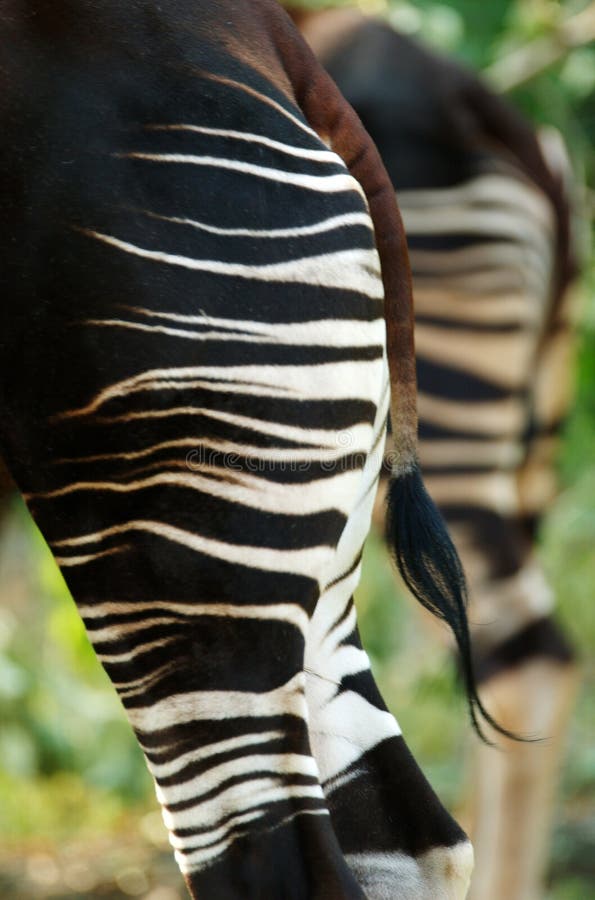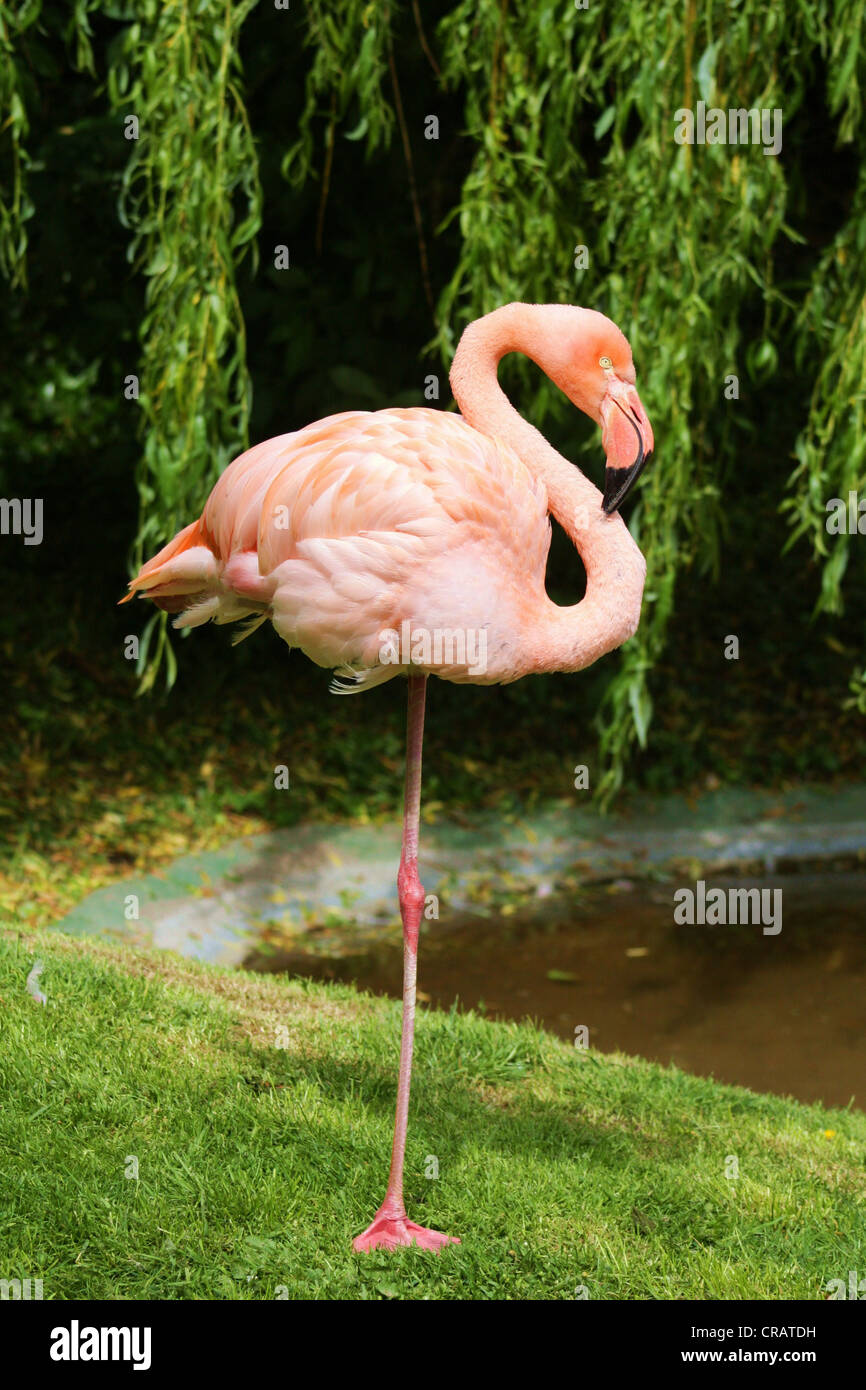

People who have heart disease or cancer, say, tend to be less active and so would lose leg strength. The ability to stand on one leg depends not just on balance, but also on leg strength, which is linked to overall body strength and physical fitness, says Stensel. How else could balance be linked to death rate? Vitamins and dietary supplements are a waste of money for most people

But when the results were adjusted for factors such as age, weight, sex and ill health, they still showed that people who couldn’t pass the balance test had nearly double the death rate, with an 84 per cent higher risk of dying during the study period. Most of those who were over 70 were unable to complete the test. For instance, people tend to get worse at passing this balance test with age, and if you are older, you are more likely to die. Could the findings be related to other factors, rather than ill health? The study involved about 1700 people based in Brazil, most of whom were white. Those who couldn’t do this had a higher rate of dying during the next seven years than those who completed it: 17.5 per cent versus 4.6 per cent. People aged between 51 and 75 were asked to stand on one leg for 10 seconds, with one foot touching the calf of the other leg – a bit like a flamingo. What is the explanation, and should people practise standing on one leg at home? This is what the science says: What did the study investigate? People who are middle-aged or older and can’t balance on one leg for 10 seconds are more likely to die in the next seven years than those who can do it, according to a study out this week. Unless these threats are dealt with, flamingoes may become endangered.How important is the ability to stand on one leg? The main danger to flamingoes comes from pollution and loss of habitat. However, they have not yet found the reason why this is happening. Scientists have discovered that flamingos are dying by the thousands along the East African Rift lakes.

Flamingoes sometimes swim to get their food, and sometimes by ‘upend’ themselves, with tail feathers in the air, and head underwater- like ducks. Here, briny plates called lamellae act like tiny filters, trapping shrimp and other small water creatures for the flamingo to eat. It feeds by sucking water and mud in at the front of its bill and then pumping it out again at the sides. They stand on one leg most of the time, as they find it very comfortable! Flamingos are quite distinctive when they fly, with their long necks stretched out in front and the equally long legs trailing behind.įlamingos can be as tall as a 12 year old child- five feet- but weigh only as much as a new born baby! Their long legs let flamingos wade into deeper water than most other birds to look for food. In East Africa, more than one million flamingos may gather together-forming the largest flocks known among birds today. Flamingos like to live in groups of varying sizes, from a few pair to sometimes thousands or tens of thousands. With their bright pink or red color, long legs and strong beaks, flamingos are one of the most easily recognizable of birds. Flamingos are found in large, shallow lakes or lagoons.


 0 kommentar(er)
0 kommentar(er)
